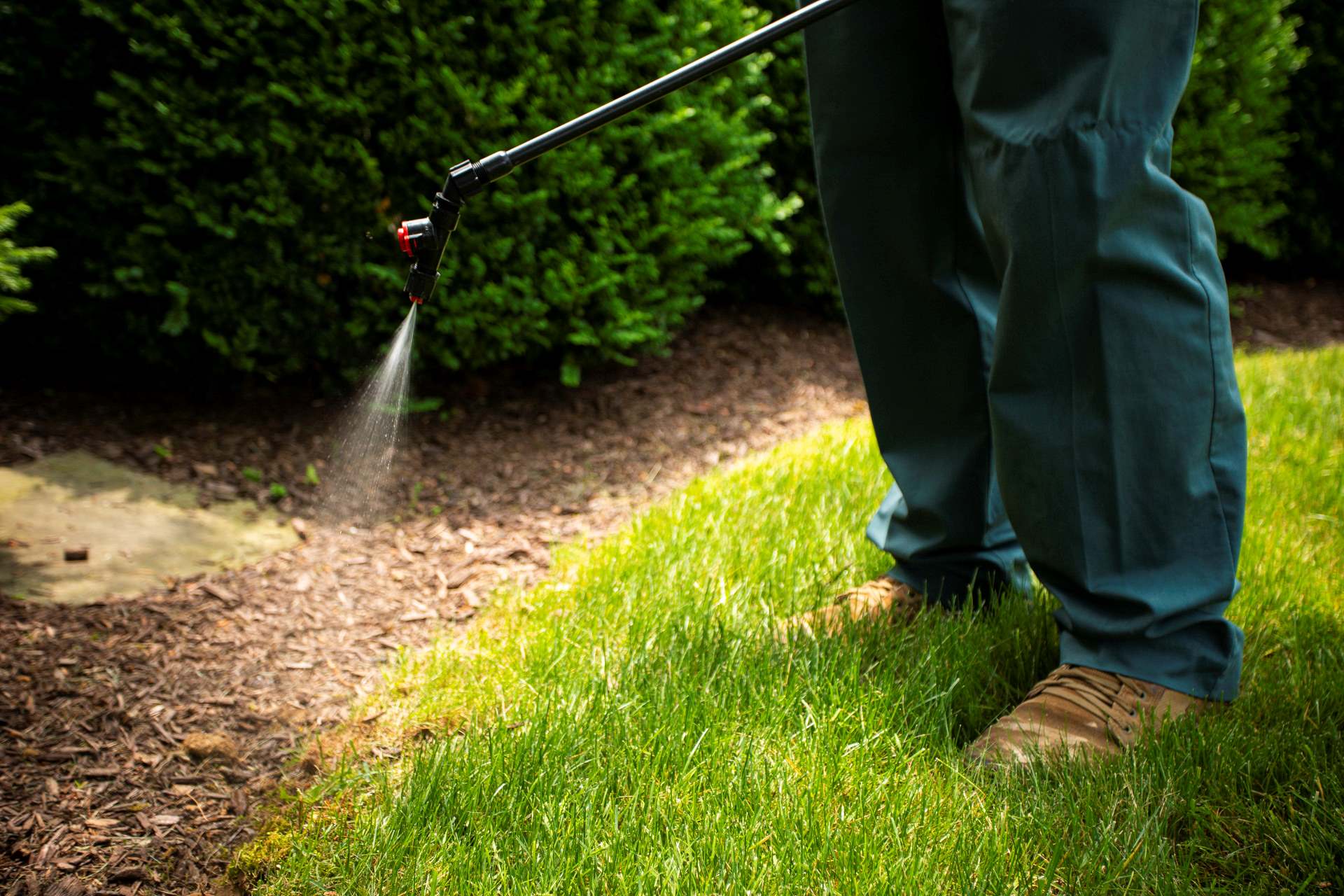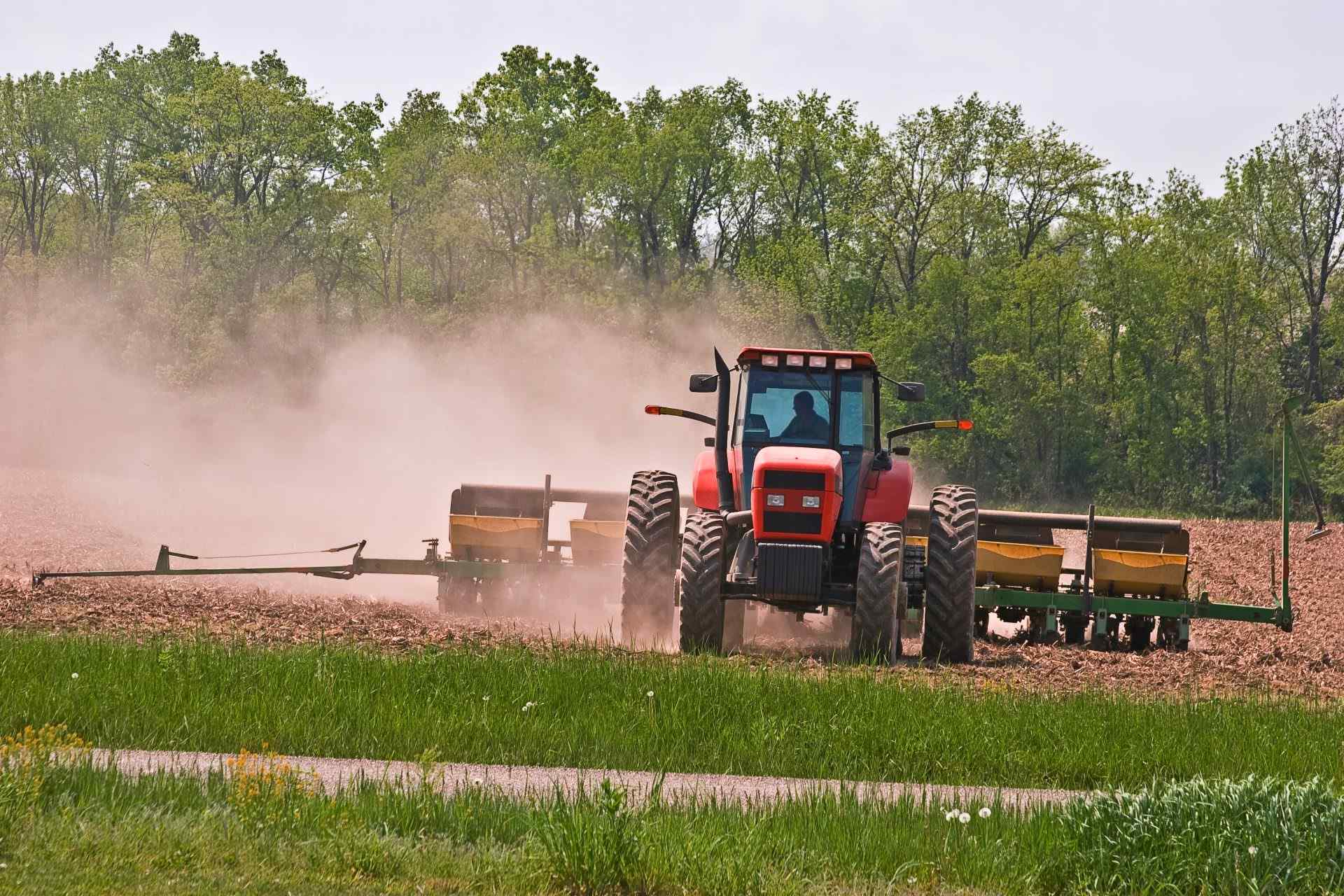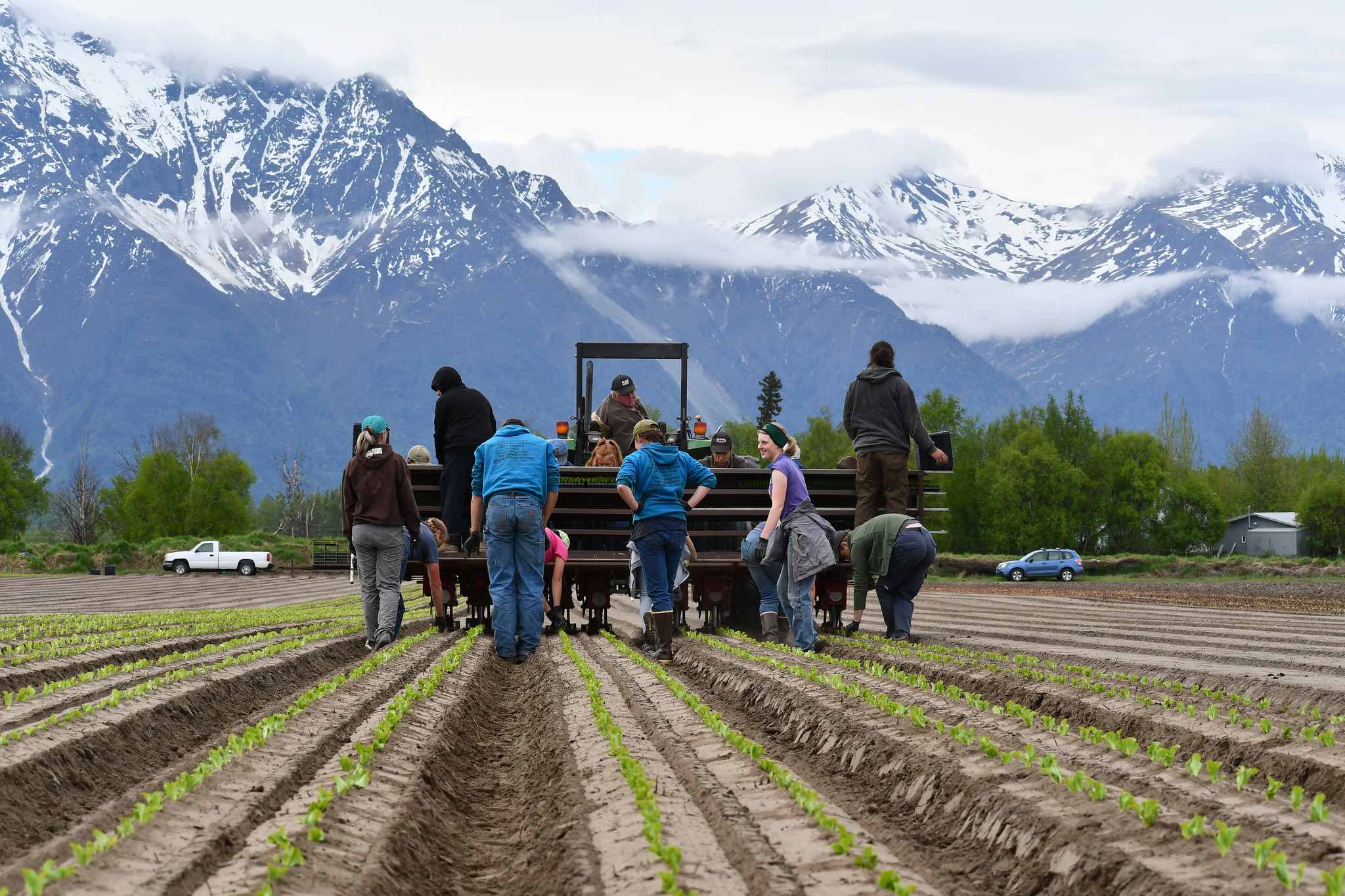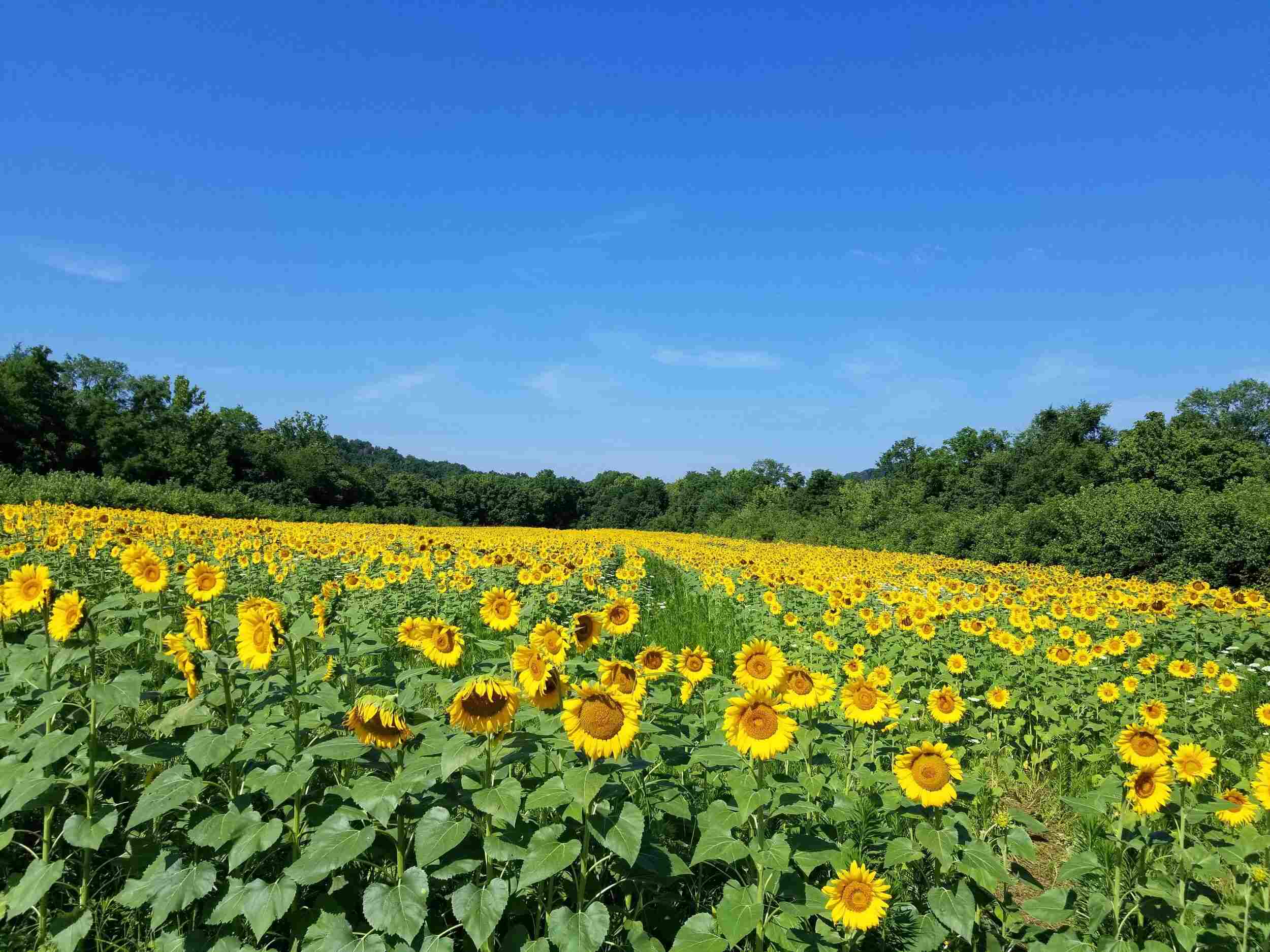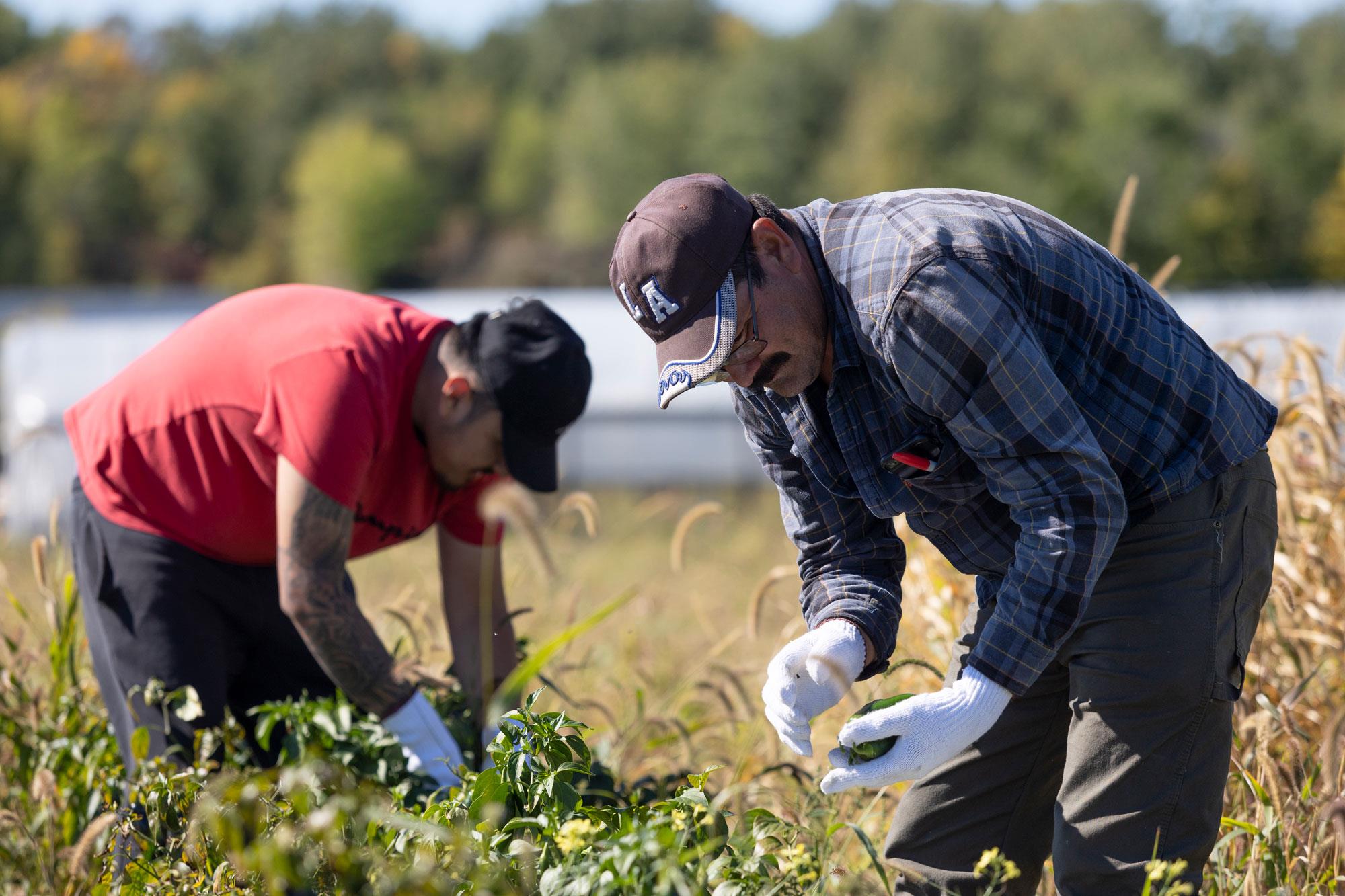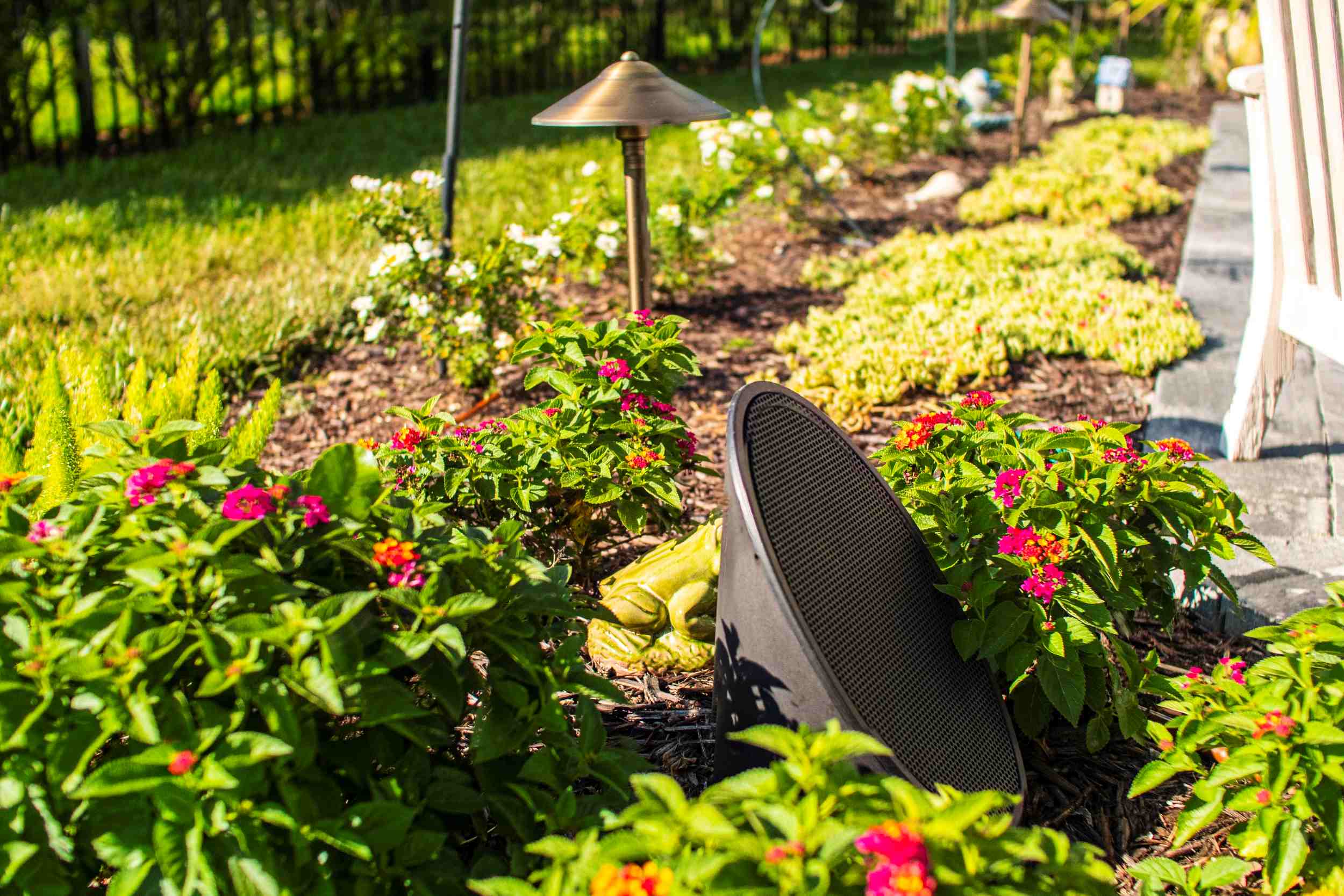Home>Gardening Basics>Understanding Soil>What Planting Zone Is Long Island New York
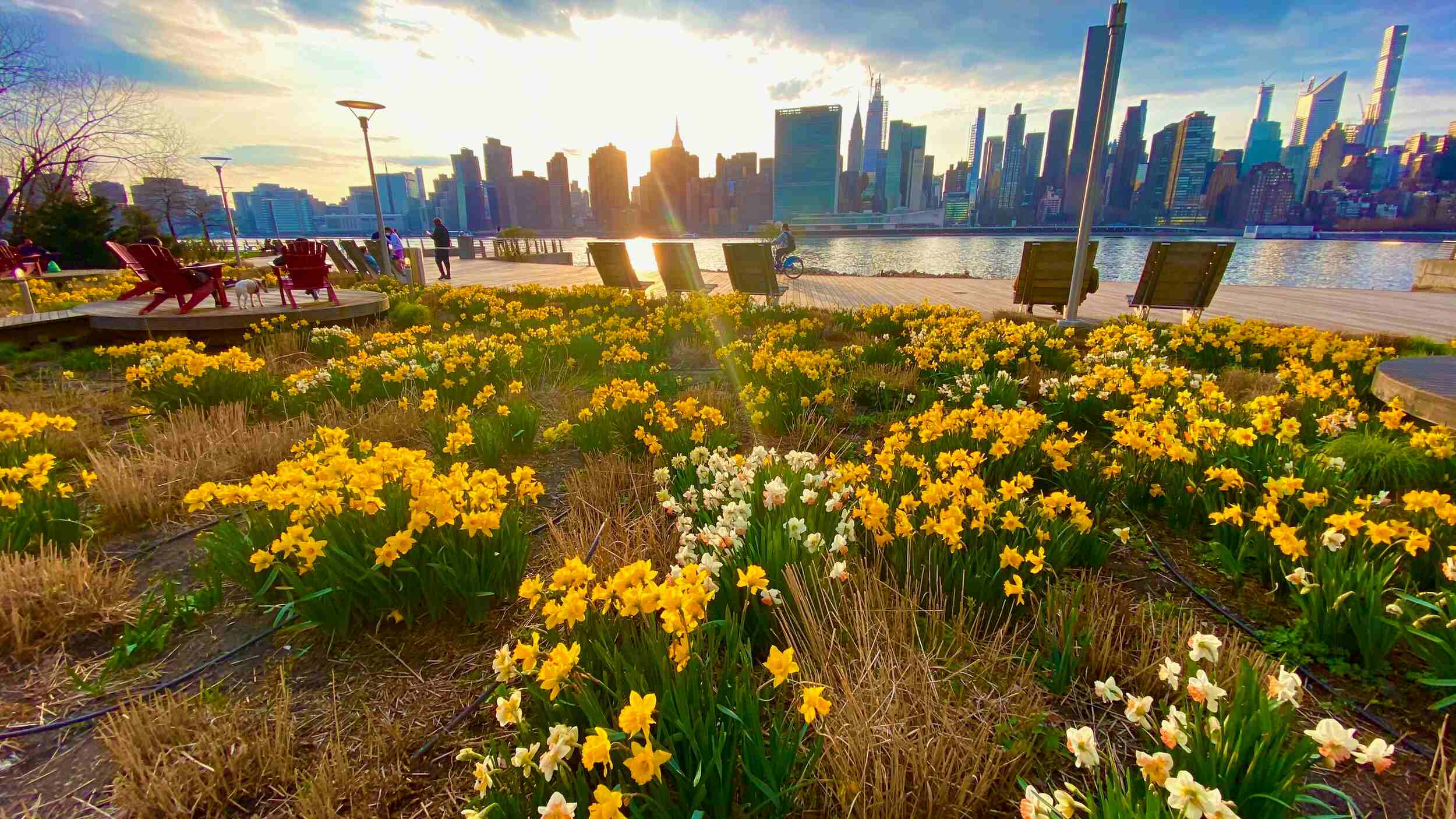

Understanding Soil
What Planting Zone Is Long Island New York
Modified: January 22, 2024
Learn about the planting zone for Long Island, New York and gain a better understanding of soil for successful gardening.
(Many of the links in this article redirect to a specific reviewed product. Your purchase of these products through affiliate links helps to generate commission for Chicagolandgardening.com, at no extra cost. Learn more)
Table of Contents
Introduction
Welcome to Long Island, New York! If you’re a gardening enthusiast or simply have a green thumb, you may be wondering about the planting zone in this beautiful region. Understanding the planting zone is crucial for selecting the right plants that will thrive in your area.
A planting zone is a geographical area that is determined by climatic conditions, specifically the average annual minimum temperatures. It serves as a guide to help gardeners and horticulturists choose plants that are most likely to survive and flourish in a particular region.
Long Island, known for its diverse landscapes and varying microclimates, is divided into two counties: Nassau County and Suffolk County. While these two counties may have similar overall climatic conditions, there are subtle differences that influence the specific planting zones within each county.
In this article, we will explore Long Island’s climate, the factors that determine its planting zones, and the planting zones for Nassau and Suffolk Counties. Whether you are a seasoned gardener or a beginner looking to start a garden, this information will help you make informed choices for your gardening endeavors on Long Island.
Understanding Planting Zones
Planting zones, also known as hardiness zones, are determined by the United States Department of Agriculture (USDA) to categorize regions based on their average annual minimum temperatures. These zones provide gardeners with essential information about which plants are likely to thrive in their specific areas.
The USDA uses a numerical system to designate planting zones, ranging from Zone 1 (coldest) to Zone 13 (warmest). Each zone represents a 10-degree Fahrenheit difference in average minimum temperature.
Plant hardiness is a crucial factor in determining a plant’s ability to survive and thrive in a particular region. Plants that are not suited to the average minimum temperatures of a specific zone may struggle to survive or fail to reach their full potential.
It’s essential to consider not only the average minimum temperatures but also factors such as heat, humidity, wind, soil conditions, and the length of the growing season when determining the suitability of plants for a specific zone.
Understanding your planting zone is essential because it enables you to select plants that are well adapted to your area’s specific climatic conditions. By choosing plants suited to your zone, you increase the likelihood of success in your gardening endeavors, as these plants are more likely to tolerate the temperature extremes in your region.
Be sure to consult the USDA’s Plant Hardiness Zone Map, which provides a visual representation of the different planting zones across the United States. This map helps you determine your exact planting zone, allowing you to make informed decisions about which plants will thrive in your specific area.
Now that we have a basic understanding of planting zones, let’s delve into Long Island’s climate and discover how it influences the planting zones on this stunning island.
Long Island’s Climate
Long Island, located in southeastern New York State, has a varied climate influenced by its proximity to the Atlantic Ocean and the Long Island Sound. The climate is considered to be humid subtropical, characterized by warm summers and moderately cold winters.
Long Island experiences four distinct seasons, allowing for a diverse range of plants to thrive throughout the year. Summers are typically warm and humid, with temperatures ranging from the mid-70s to the mid-80s Fahrenheit. Winters can be chilly, with temperatures dipping into the 20s and occasionally even lower.
The island’s geography plays a significant role in shaping its microclimates. The North Shore, facing the Long Island Sound, tends to be cooler and experiencing more snowfall than the South Shore, which is subject to the moderating influence of the ocean. Additionally, the eastern end of the island, known as the Hamptons, often has slightly cooler temperatures than the western end.
Precipitation on Long Island is relatively evenly distributed throughout the year, with an average of 45 inches annually. This consistent rainfall, along with the island’s fertile soil, contributes to the lush greenery and thriving vegetation.
It’s important to consider these climatic factors when selecting plants for your garden on Long Island. Ensure that the plants you choose are well-suited to the island’s specific climate and can withstand the temperature fluctuations and moisture levels.
Now that we have an understanding of Long Island’s climate, let’s explore how the planting zones are determined in this region.
Determining Long Island’s Planting Zone
Determining the planting zone for a specific region, such as Long Island, involves considering various climatic factors, particularly the average annual minimum temperature. The planting zone for an area is determined by the United States Department of Agriculture (USDA) based on data and analysis of the region’s temperature patterns.
The USDA has developed a Plant Hardiness Zone Map, which divides the United States into different zones based on the average minimum temperatures of each region. The map provides gardeners with a useful reference to determine the most suitable plants for their area.
Long Island’s planting zones are influenced by its diverse microclimates and varying temperature patterns. These microclimates can be attributed to factors such as proximity to the ocean, elevation, and local topography.
When determining the planting zones for Long Island, the USDA takes into account the average minimum temperatures recorded over a specific period. These temperatures help classify Long Island’s climatic conditions and establish the appropriate planting zones for the region.
The island is generally classified as USDA hardiness zones 6b to 7a, with zone 6b being the coldest and zone 7a being the mildest. This means that Long Island experiences average annual minimum temperatures ranging from around -5°F (-20.6°C) to 10°F (-12.2°C).
It’s important to note that within Long Island, there may be slight variations in planting zones. Factors such as proximity to the coast or the presence of urban heat islands can impact the local microclimate and potentially influence the specific planting zone in a particular area.
Now that we understand how Long Island’s planting zones are determined, let’s explore the specific planting zones for Nassau County and Suffolk County, two major counties on the island.
Planting Zone for Nassau County, Long Island
Nassau County, located on the western part of Long Island, falls within USDA hardiness zones 7a and 7b. This means that the average annual minimum temperatures in this county range from 5°F (-15°C) to 10°F (-12.2°C).
The mild climate in Nassau County allows for a diverse range of plants to thrive. Gardeners in this area have the advantage of a longer growing season compared to other parts of the island.
With the warmer temperatures and milder winters, Nassau County provides favorable conditions for a variety of plants, including many popular flowering perennials, shrubs, and trees. Some examples of plants that do well in this zone include roses, hydrangeas, crape myrtles, and magnolias.
When planning your garden in Nassau County, it’s important to consider the specific microclimate of your area. Factors such as proximity to the coast, elevation, and exposure to winds can influence the temperature and growing conditions in your garden.
It’s advisable to select plants that are well-suited to zone 7a and 7b and can handle the occasional cold snaps that can occur during the winter months. Doing so will increase the chances of success in your gardening endeavors in Nassau County.
Now that we’ve explored the planting zone for Nassau County, let’s move on to discuss the planting zone for Suffolk County, the eastern part of Long Island.
Planting Zone for Suffolk County, Long Island
Suffolk County, located on the eastern end of Long Island, is slightly cooler than Nassau County and falls within USDA hardiness zones 6b and 7a. This means that the average annual minimum temperatures in this county range from -5°F (-20.6°C) to 5°F (-15°C).
The planting zone for Suffolk County reflects its slightly colder climate compared to other parts of Long Island. While gardeners in this area can still enjoy a diverse selection of plants, it’s important to choose plants that are hardy enough to withstand the occasional chilly winters.
Suffolk County’s planting zone provides an excellent opportunity for growing a variety of cold-hardy plants. Evergreen shrubs, such as holly and juniper, as well as cold-tolerant perennials like coneflowers and daylilies, thrive in this zone.
It’s important to note that microclimates within Suffolk County can vary due to factors such as proximity to bodies of water, elevation changes, and exposure to wind. These factors can create localized temperature differences that may influence the success of certain plants in specific areas.
When gardening in Suffolk County, consider the unique characteristics of your location and choose plants that are well-suited to zone 6b and 7a. Taking into account the specific microclimate of your garden will help ensure the success and longevity of your plants.
Now that we’ve explored the planting zone for Suffolk County, let’s summarize the main points we’ve discussed throughout this article.
Conclusion
Understanding the planting zones is essential for successful gardening on Long Island, New York. Long Island experiences a humid subtropical climate, with varying microclimates influenced by factors such as proximity to the ocean and elevation.
The planting zones for Long Island, specifically Nassau County and Suffolk County, are determined by the average annual minimum temperatures. Nassau County falls within USDA hardiness zones 7a and 7b, while Suffolk County falls within zones 6b and 7a. These zones indicate the temperature range and help gardeners select plants that are most likely to thrive in their specific region.
Gardeners in Nassau County can enjoy a slightly milder climate, with a longer growing season and the ability to grow a wide variety of plants, including roses, hydrangeas, and magnolias. In Suffolk County, the climate is slightly cooler, but gardeners can still cultivate cold-hardy plants like evergreen shrubs and cold-tolerant perennials.
It’s important to consider the specific microclimates within each county and select plants that are well-suited to these conditions. Factors such as proximity to bodies of water, elevation changes, and exposure to wind can influence the temperature and growing conditions in your garden.
By understanding Long Island’s planting zones and selecting plants accordingly, you can create a beautiful and thriving garden that enhances your outdoor space. Remember to consult the USDA Plant Hardiness Zone Map and consider the unique characteristics of your location when planning your garden on Long Island.
So, whether you’re an experienced gardener or just starting out, embrace the opportunities that Long Island’s diverse climates and planting zones offer. Happy gardening!
